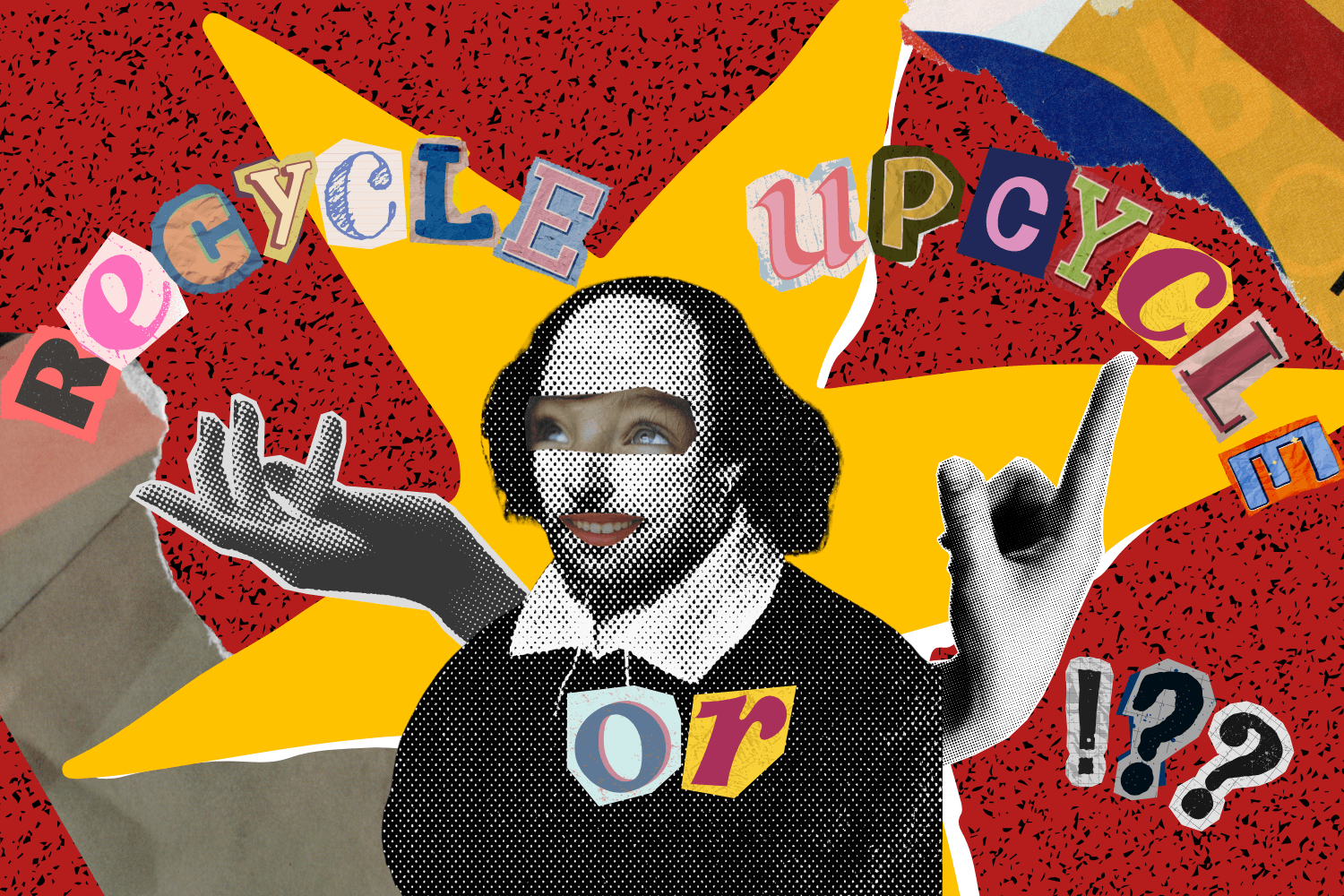PUMA is a pioneer in creating truly sustainable footwear without compromising style and durability. They started in 2012 with the InCycle Collection, which set out to create a closed-loop collection. However, due to a lack of infrastructure and consumer demand, the project was put on hold.
In 2021, almost a decade after their design debuted, PUMA started to notice a shift in consumer behaviors. The new change in consumers created a new demand for eco-friendly alternatives they could incorporate into their lives to contribute to healthier natural ecosystems, and PUMA delivered on the promise.
This is RE:SUEDE
 Image Source PUMA
Image Source PUMA
The PUMA RE: SUEDE started as an experiment, as an eco-friendly alternative to traditional PUMA Suede sneakers, the look is almost identical to the original suede collections that were piloted back in 1968, but the difference lies in the carbon footprint and environmental impact of the shoes.
All materials, from the upper to the sole and the laces, are designed and chosen because of their appearance and ability to decompose back into Earth's soil.
 Image Source PUMA
Image Source PUMA
The shoes are originally made to be composted in an industrial facility where they are first shredded to accelerate the degrading process. As consumers and environmental advocates in sustainable footwear, WEAR by Pim and Lorenzo, set out to test the RE: SUEDE by PUMA compostable sneaker.
WEAR and PUMA
 Image Source WEAR
Image Source WEAR
Sustainable footwear company, WEAR decided to create an environment that matched the conditions for appropriate composting. They took an empty glass aquarium and filled it with dirt, organic waste, and composting worms to test if the shoes were actually compostable. The results were surprising...
Lorenzo van Galen said in an interview with PUMA: "The PUMA RE:SUEDE caught our attention […] because of the composting aspect. And when we looked into it, we found that this project actually started back in 2014. That’s a long time of testing and developing! […] We decided to create some content around it because it’s such a great story—one of the first examples of a self-composting shoe."
WEAR: Put it to the Test
The PUMA RE: SUEDE completely decomposed into the homemade composting chamber by WEAR. The whole structure of the shoe progressively degraded into the soil, from the laces, to the upper to the inner lining.
 Image Source PUMA
Image Source PUMA
The outsole is the most resistant part of the sneaker, this part remains visually intact therefore it is recommended to correctly shred the shoe in a specialized facility to ensure the pieces are small enough to be able to biodegrade.
Nonetheless, the shoes were breaking down naturally in the compositing chamber, WEAR put the RE: SUEDE to the test for around 4 months, and the results were impressive and created hope in the footwear community.
 Image Source WEAR
Image Source WEAR
As one of the CEO's of WEAR explains: "It’s not just about biodegradable products—it’s about circularity as a whole. Brands need to think about creating products with multiple lifecycles in mind, not only the "take-make-waste" model. Business like re-commerce, where products are designed to be reused or resold." Lorenzo van Galen
WEAR is thinking of alternative approaches to the lifecycle of products and is urging companies to consider the totality of a product's lifecycle and other retail opportunities. For now, there isn’t much experience with other biodegradable footwear.
"So far, the PUMA RE:SUEDE is the only example on our radar. We haven’t seen a lot of biodegradable products from other brands yet. (...) So yeah, interesting development but no biodegradability is still not really a thing." Lorenzo van Galen.
Read the whole Interview Lorenzo gave to PUMA here >>
What Does Compostable Mean?
What is compost anyway? Compost is a vital part of our ecosystem's soil health, this is important for the crops we grow and the overall quality of the earth. Compost is made from organic materials that naturally break down into the soil and simultaneously release nutrients back into the soil.
 Image Source WEAR
Image Source WEAR
Instead of tossing organic waste into the bin, you could collect these and put them in a bucket outside with holes at the bottom and use the decomposing organic materials to put back into the soil in your garden; this will help crops, flowers, and plants absorb minerals and nutrients that will increase the quality of the produce without using synthetic fertilisers.
Compost and Quality
 Image Source WEAR
Image Source WEAR
The compost quality from the PUMA RE: SUEDE qualifies with a Grade A standard compost that can be used in agriculture and horticulture, making it a high-quality product even after its lifecycle.
PUMA: Shaping Tomorrow
 Image Source PUMA
Image Source PUMA
After being in the works for over a decade, PUMA: RESUEDE is now available for open purchase for consumers looking to make eco-friendly changes in their lives. The increase in demand for sustainability is relatively new, and the RE: SUEDE technology is ahead of the game. PUMA is focusing not only on the production of their sneakers but also on the afterlife and the impact their products have on the long-term environment.
The final question is: Will PUMA continue developing their RE: SUEDE compostable technology and use it in other iconic styles and colorways? The future of sustainable footwear looks exciting at PUMA.
What is the PUMA RE:SUEDE?
The PUMA RE:SUEDE is a sustainable version of the classic PUMA Suede sneaker, made with biodegradable materials designed to break down back into Earth's soil.
Can I compost my RE:SUEDE shoes at home?
No, the RE:SUEDE is designed for industrial composting, where it is shredded and processed under controlled conditions.
Why did PUMA launch the RE:SUEDE?
PUMA aims to reduce waste and create a circular economy by designing footwear that has minimal environmental impact, from production to disposal.
Where can I buy the PUMA RE:SUEDE?
Some items of the PUMA RE:SUEDE collection are available through PUMA online store.







